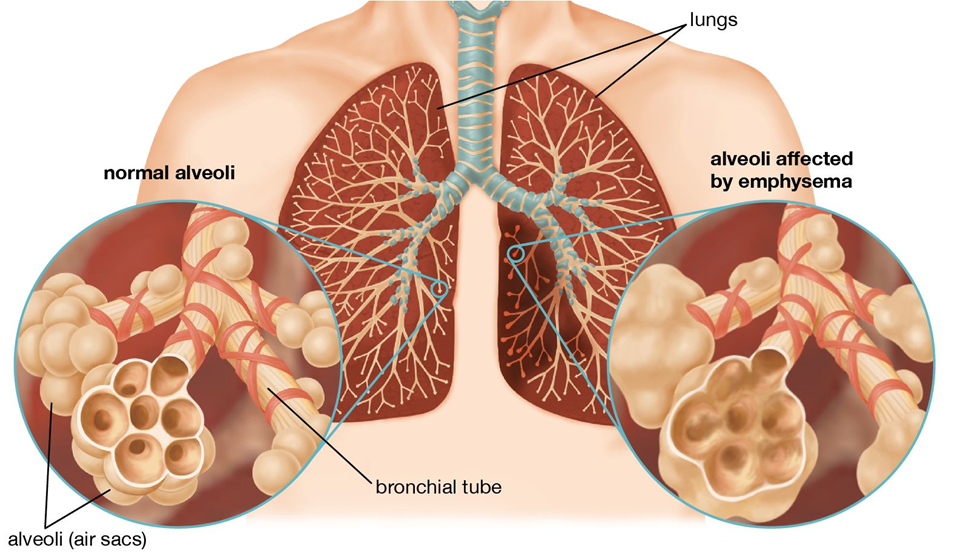A nurse administers 200 mL of enteral nutrition via a client’s gastrostomy (GT) tube. The nurse flushes the feed bolus with 30 mL of water before and after the feed. How many mL does the nurse document as intake in the I&O?
(Round the answer to the nearest whole number. Use a leading zero if it applies. Do not use a trailing zero.)
The Correct Answer is ["260"]
-
Calculation
- Enteral nutrition: 200 mL
- Water flush before feed: 30 mL
- Water flush after feed: 30 mL
Total intake = 200 mL + 30 mL + 30 mL = 260 mL
The nurse should document 260 mL as intake in the I&O.
Nursing Test Bank
Naxlex Comprehensive Predictor Exams
Related Questions
Correct Answer is A
Explanation
Choice A reason: Positioning the collection device below the level of the chest is crucial to ensure proper drainage of air or fluid from the pleural space. This positioning uses gravity to facilitate drainage and prevent backflow into the pleural cavity, which could lead to complications such as pneumothorax or pleural effusion. The collection device should always be kept below the chest level to maintain effective drainage.
Choice B reason: Clamping the chest tube is generally not recommended unless specifically ordered by a physician or during certain procedures. Clamping can lead to a buildup of air or fluid in the pleural space, increasing the risk of tension pneumothorax. It is essential to keep the chest tube unclamped to allow continuous drainage and prevent complications.
Choice C reason: Applying an occlusive dressing over the chest tube site is necessary to prevent air from entering the pleural space and to secure the tube. However, this is not the primary action related to the positioning of the collection device. The occlusive dressing helps maintain the integrity of the chest tube insertion site and prevents infection.
Choice D reason: Emptying the chest tube collection chamber every shift is not a standard practice. The collection chamber should be monitored and emptied as needed based on the volume of drainage and the specific protocols of the healthcare facility. Regular monitoring is essential, but unnecessary emptying can disrupt the closed system and increase the risk of infection.
Correct Answer is C
Explanation
Choice A Reason:
“Prevents pressure ulcers” is incorrect. While positioning can help prevent pressure ulcers, the orthopneic position is specifically used to aid in breathing rather than to prevent pressure ulcers. Pressure ulcers are typically managed by regularly repositioning the client and using pressure-relieving devices.
Choice B Reason:
“Supports hip extension” is incorrect. The orthopneic position does not primarily support hip extension. This position involves sitting up and leaning forward, which does not significantly affect the hips.
Choice C Reason:
“Facilitates breathing” is correct. The orthopneic position, also known as the tripod position, helps to improve breathing in clients with COPD. By leaning forward and resting the arms on a table or knees, the diaphragm can move more freely, and accessory muscles of respiration are better utilized, reducing the work of breathing.

Choice D Reason:
“Promotes urinary elimination” is incorrect. The orthopneic position is not intended to promote urinary elimination. Urinary elimination is typically managed through other interventions such as ensuring adequate hydration and, if necessary, using a catheter.
Whether you are a student looking to ace your exams or a practicing nurse seeking to enhance your expertise , our nursing education contents will empower you with the confidence and competence to make a difference in the lives of patients and become a respected leader in the healthcare field.
Visit Naxlex, invest in your future and unlock endless possibilities with our unparalleled nursing education contents today
Report Wrong Answer on the Current Question
Do you disagree with the answer? If yes, what is your expected answer? Explain.
Kindly be descriptive with the issue you are facing.
